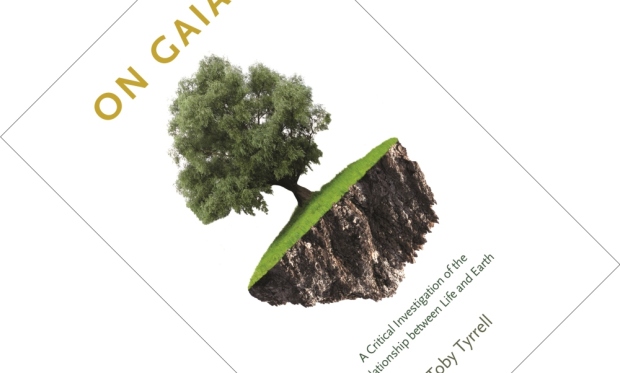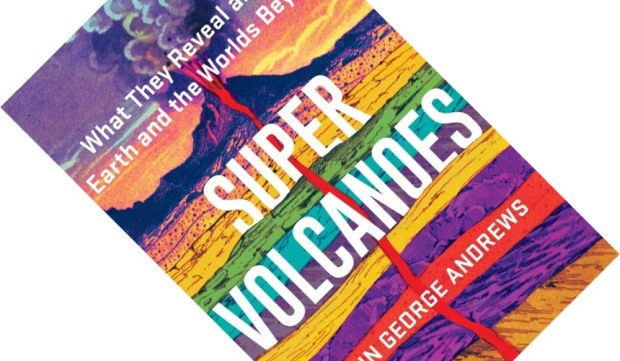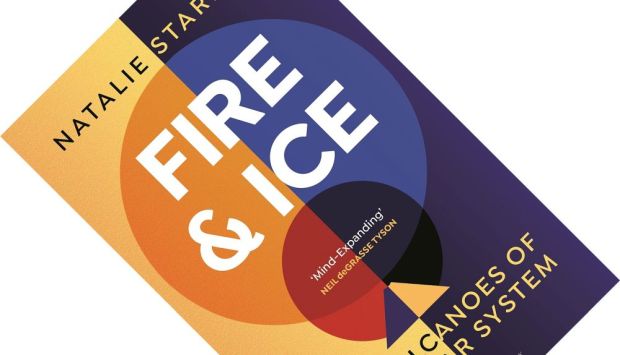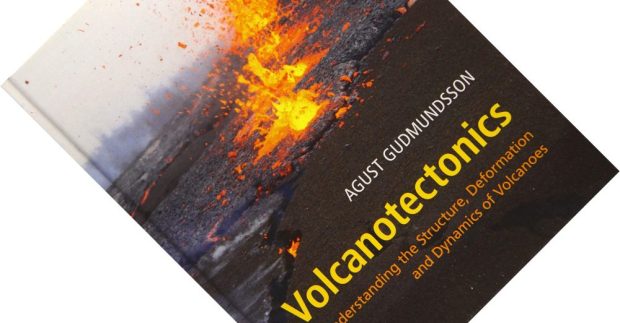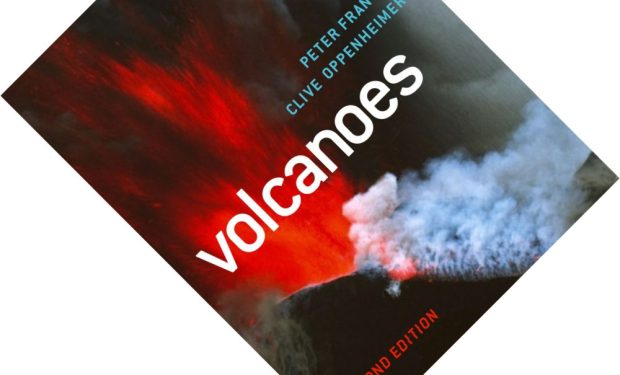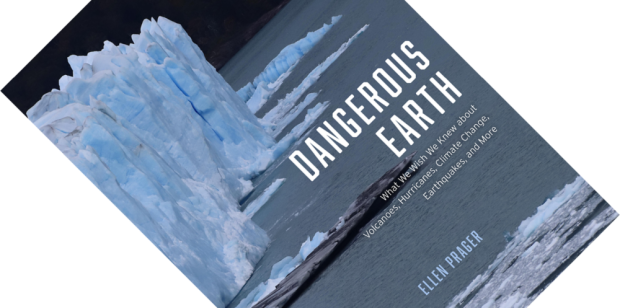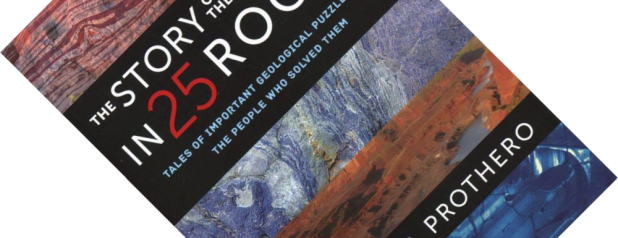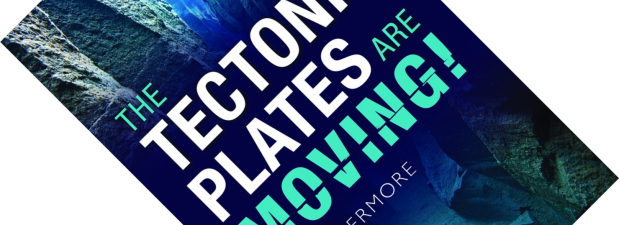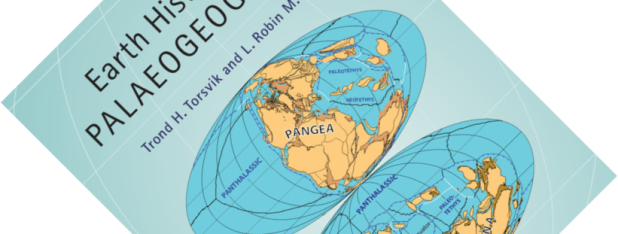10-minute read
keywords: earth sciences, ecology
The scientist, environmentalist, and futurist James Lovelock is probably best remembered for the Gaia hypothesis: the notion that the Earth is a giant self-regulating system that maintains conditions suitable for life on the planet. It has gained a certain respectability in academic circles over the decades, but how justified is this? In my previous reviews of Lovelock’s original 1979 book Gaia: A New Look at Life on Earth and the 1995 follow-up The Ages of Gaia, I was critical of various assumptions and claims expressed therein. At the same time, I am aware that other, more knowledgeable people have worked on this idea for years, so what do I know? In On Gaia, Earth system scientist Toby Tyrrell gives a thorough and dispassionate overview of the scientific evidence and whether it supports Gaia. This, then, is the third of a four-part review series that explores the Gaia hypothesis in greater detail (see also part 1, part 2, and part 4).

